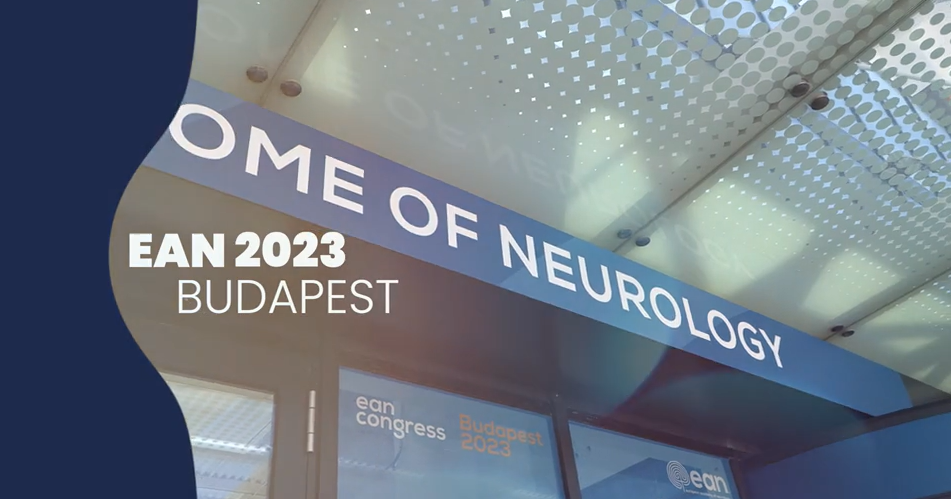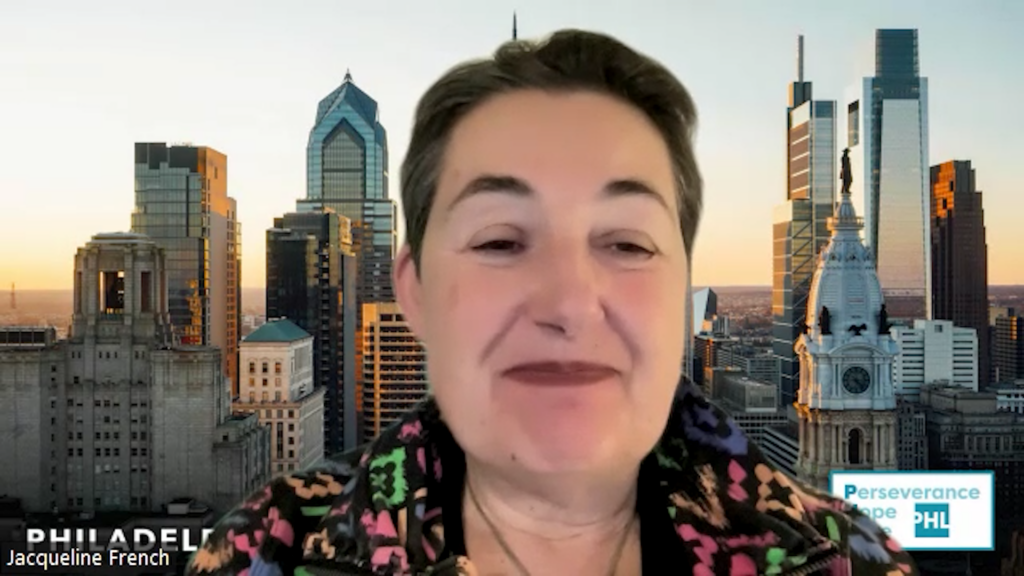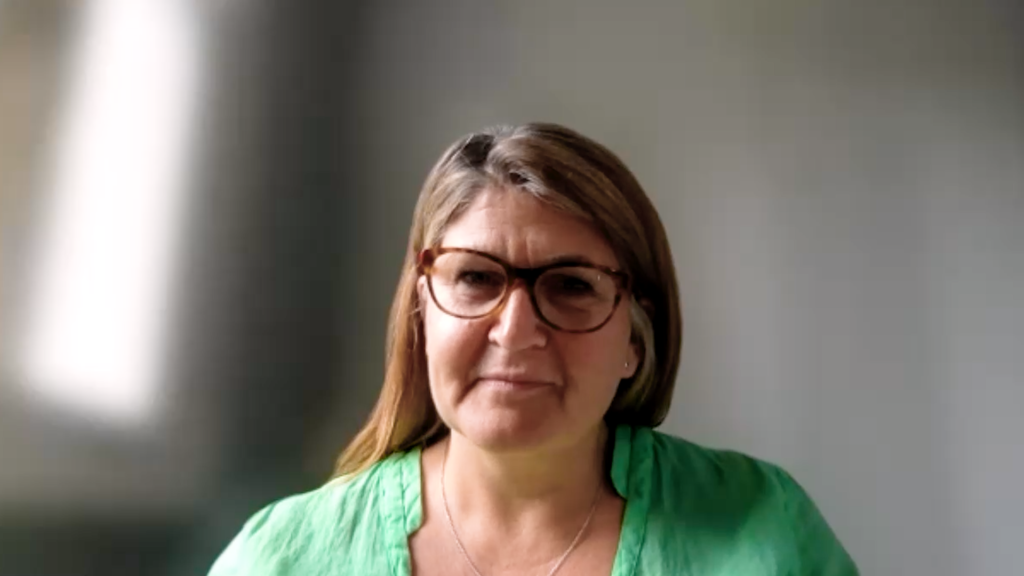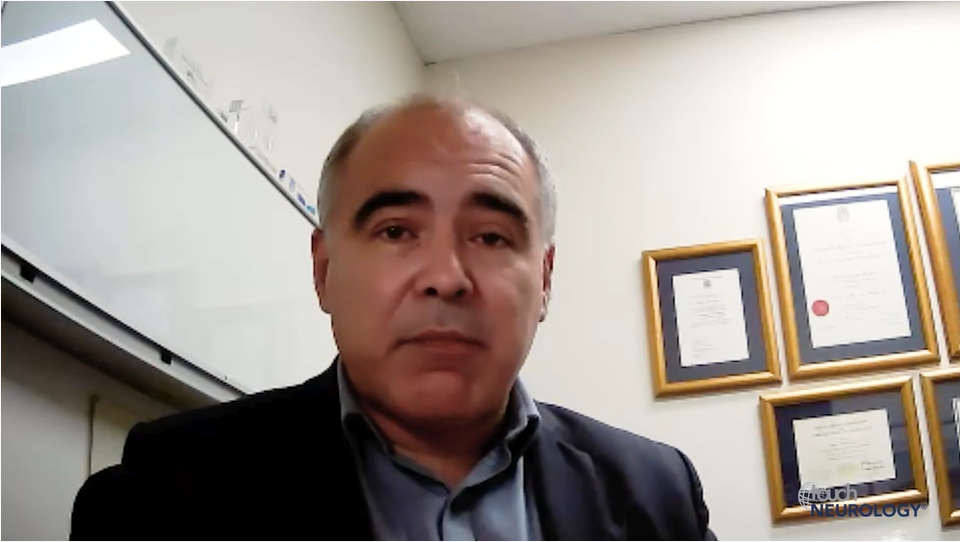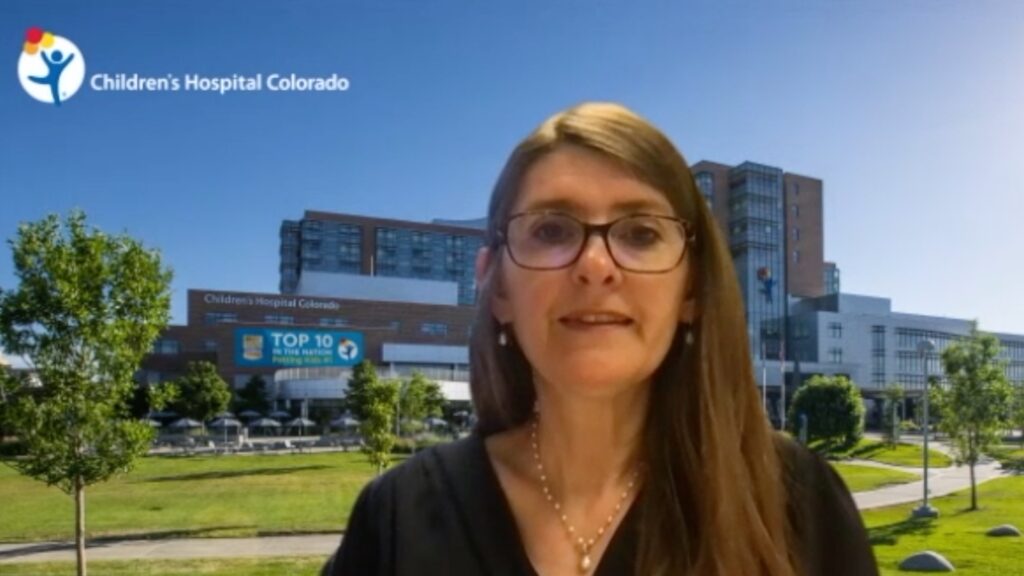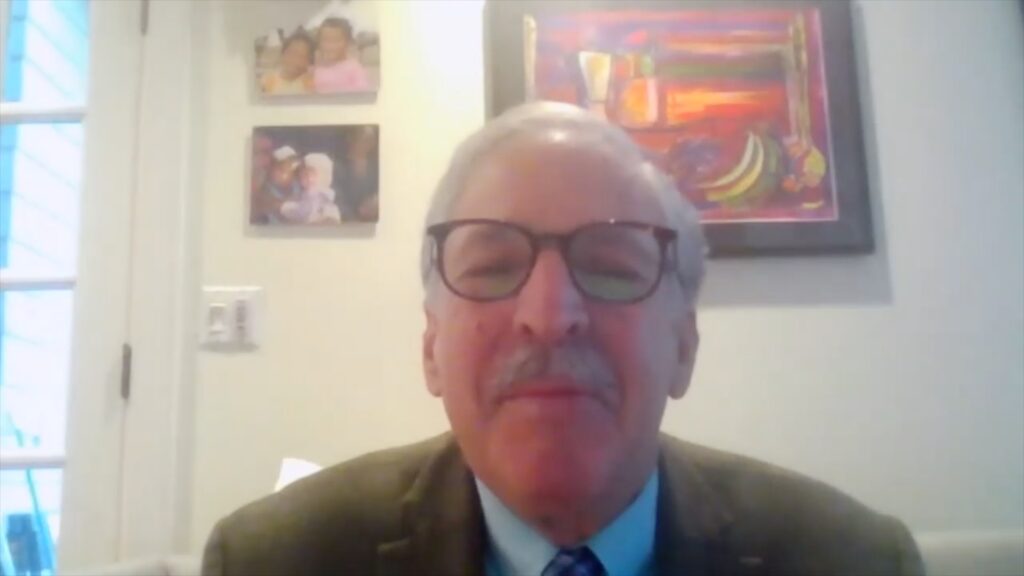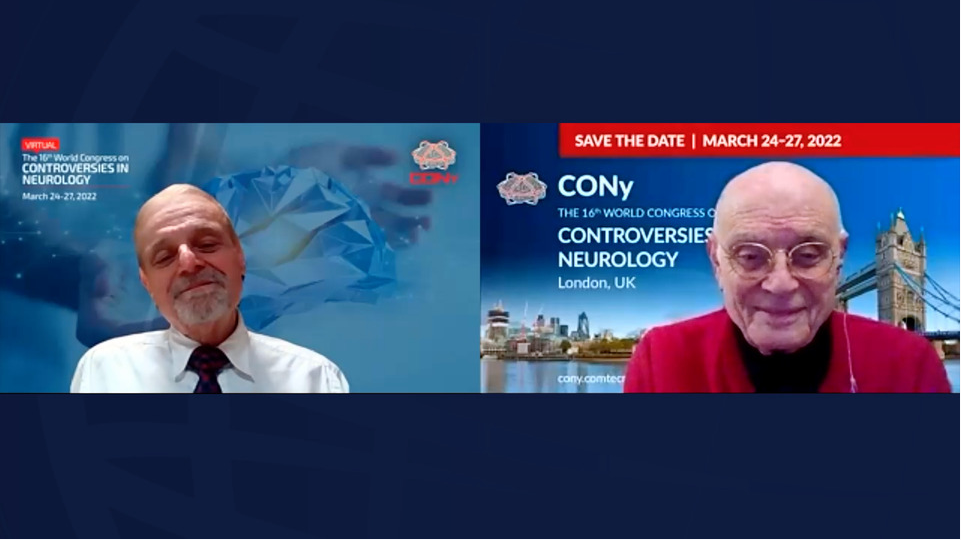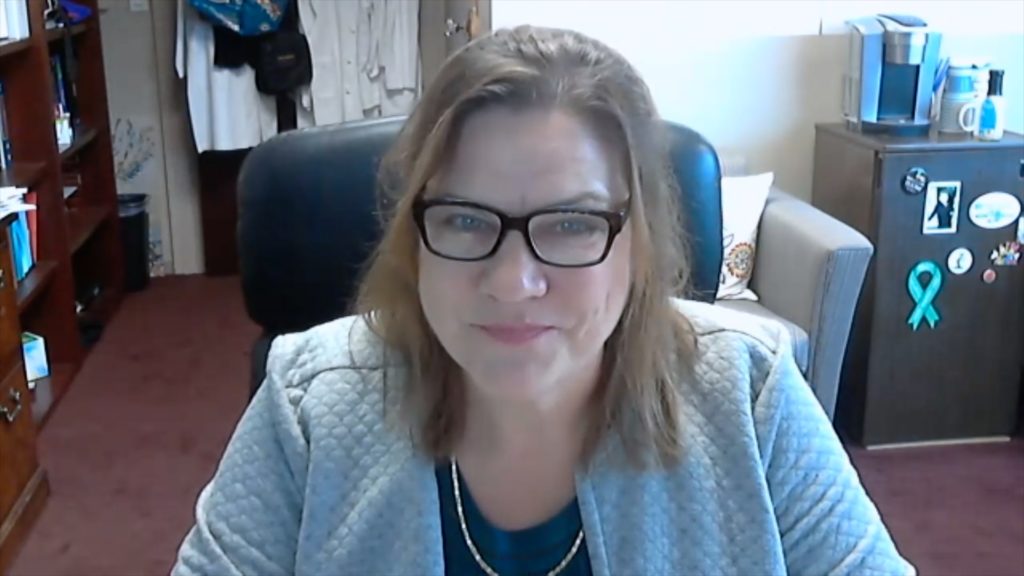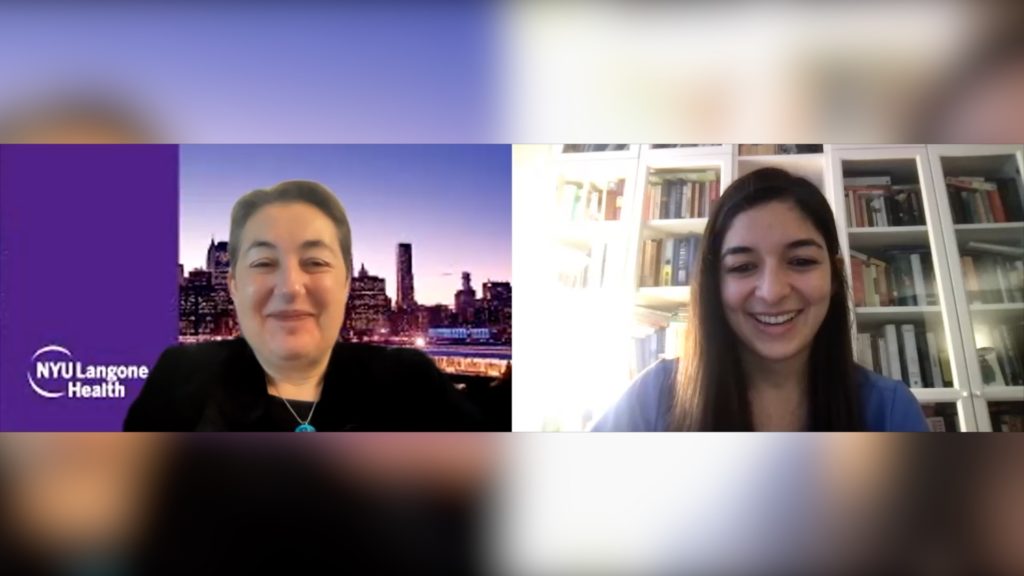The randomized, double-blind, placebo-controlled phase IIb study X-TOLE (NCT03796962) is investigating the efficacy of XEN1101, a novel potassium channel modulator, in adults with focal epilepsy.
In this interview with touchNEUROLOGY, Prof. Jacqueline French (Comprehensive Epilepsy Center, New York University, New York, NY, US) discusses this clinical trial and the outcomes of its open-label extension.
The abstract entitled “XEN1101, a Novel Potassium Channel Modulator: Interim Data From an Ongoing, Long-Term, Open-Label Extension of a Phase 2b study (X-TOLE) in Adults with Focal Epilepsy” was presented at the annual American Academy of Neurology (AAN), April 22–27, 2023.
Questions:
- What were the aims, design and eligibility criteria of the phase IIb study X-TOLE? (00:35)
- What were the primary and secondary endpoints, and how well were they achieved? (02:19)
- What were findings of the primary study in terms of the safety and efficacy of XEN1101? (03:07)
- What are the results of the open-label extension study? (04:12)
- What unanswered questions remain? (06:47)
Disclosures: Jacqueline French is a consultant for: Agrithera, Inc., Alterity Therapeutics Limited, Anavex, Angelini Pharma S.p.A., Arvelle Therapeutics, Autifony Therapeutics Limited, Baergic Bio, Inc., Beacon Biosignals, Inc., Biogen, Biohaven Pharmaceuticals, BioMarin Pharmaceutical Inc., Bloom Science Inc., BridgeBio Pharma, Camp4 Therapeutics Corporation, Cerebral Therapeutics,Cerevel, Coda Biotherapeutics, Cognizance Biomarkers, Crossject, Eisai, Eliem Therapeutics, Encoded Therapeutics, Engage Therapeutics, Engrail, Epalex, Epihunter, Epitel Inc., Equilibre BioPharmaceuticals, Genentech Inc., Greenwich Biosciences, Grin Therapeutics, GW Pharma, Janssen Pharmaceutica, Jazz Pharmaceuticals, Knopp Biosciences, Korro Bio Inc., Lipocine, LivaNova, Longboard Pharmaceuticals, Lundbeck, Marinus, Modulight.bio, NeuCyte, Inc., Neumirna Therapeutics, Neurelis, Neurocrine, Neuroelectrics USA Corporation, Neuronetics Inc., NxGen Medicine Inc. Ono Pharmaceutical Co., Otsuka Pharmaceutical Development, Ovid Therapeutics Inc., Paladin Labs Inc., Passage Bio, Pfizer, Praxis, PureTech LYT Inc, Rafa Laboratories Ltd., Rapport Therapeutics, Inc., Receptor Holdings Inc., Sage Therapeutics, Inc., SK Life Sciences, Stoke, Supernus, Takeda, Third Rock Ventures LLC, UCB Inc., Ventus Therapeutics, Xenon Pharmaceuticals, Zogenix; receives grant/research support from Epilepsy Study Consortium (Funded by Andrews Foundation, Eisai, Engage, Lundbeck, Pfizer, SK Life Science, Sunovion, UCB, Vogelstein Foundation) Epilepsy Study Consortium/Epilepsy Foundation (Funded by UCB), GW/FACES and NINDS; and is on the advisory board for Agrithera, Inc., Angelini Pharma S.p.A., Beacon Biosignals, Inc., Biogen, Biohaven Pharmaceuticals, BioMarin Pharmaceutical Inc.,Bloom Science Inc., Camp4 Therapeutics Corporation, Cerevel, CODA Biotherapeutics, Cognizance Biomarkers, Engrail, Epihunter, Equilibre BioPharmaceuticals, Janssen Pharmaceutica, Marinus, Neuroelectrics USA Corporation, Ovid, Rapport Therapeutics, Inc., Sage Therapeutics, Inc., Stoke, UCB, Ventus, Xenon Pharmaceuticals, Zogenix.
Support: Interview and filming was supported by Touch Medical Media. The interview was conducted by Marianna Mignani.
Filmed as highlight of AAN 2023.
Transcript:
My name is Dr. Jacqueline French. I am a professor of neurology in the epilepsy group at NYU. In addition, I have two other hats: I am the Chief Medical and Innovation Officer of the Epilepsy Foundation, and I also run an organization called the Epilepsy Study Consortium, which is a nonprofit organization that works with people who are developing new therapies to help speed them to people who need them.
Q. What were the aims, design and eligibility criteria of the phase IIb study X-TOLE?
X-TOLE was a randomized placebo-controlled trial, which was the first study that was performed with this drug to determine whether it would suppress or control seizures and by how much compared with a placebo. This is a study, by the way, in the type of epilepsy we call focal epilepsy, which is the most common epilepsy syndrome. It occurs in about 3/4 of people. Two-thirds, I would say, of people who have epilepsy. We always do these studies as add-ons. Consequently, people continue to take the medications that they’re already taking, and they either add on, in this case, three different doses of XEN1101, either 10, 20 or 25 mg once a day. That was compared with a placebo group. The way this study was designed was as a 2:1:1:2 randomization, meaning that there were two of the placebo and 25 high-dose groups compared with one of everyone enrolled for the middle 10 and 20 mg groups. Patients are followed in a baseline period of about 8 weeks duration. They are then randomized, and in this case, there was an 8-week observation period to see whether seizures reduced compared with the baseline.
Q. What were the primary and secondary endpoints, and how well were they achieved?
The primary endpoint is to see the median per cent seizure reduction, which is the endpoint that is required by the FDA or preferred by the FDA. The European Medicines Agency wants to see the percentage that has a 50% reduction from the baseline, so that was also a primary endpoint. Of course, this was a study that also assessed safety; the severity and frequency of treatment, emergent, and serious adverse events; and looked at any potential clinical laboratory abnormalities that might have occurred.
Q. What were findings of the primary study in terms of the safety and efficacy of XEN1101?
The results were quite impressive compared with other studies that have been performed in this population of treatment-resistant focal onset seizures. The results were a reduction in median monthly seizure frequency of 33%, 46% and 52% in the 10, 20 and 25 mg groups, respectively, compared with 18% in the placebo group. Safety-wise, the severity and frequency of treatment, emergent adverse events and serious adverse events were consistent with other commonly prescribed antiseizure medicines. There was a slight increase in weight, nothing really drastic, but it does definitely produce a slight increase in weight, and there weren’t any significant laboratory findings.
Q. What are the results of the open-label extension study?
Once the double-blind study was over, patients from all of the different arms had the opportunity to enrol in an open-label extension, which is still ongoing. Not everybody has gotten to all the cut-off points yet. However, at the time of this analysis, there were 61% of the patients continuing in the open-label extension, with the most common reasons for discontinuing being lack of efficacy and 12% adverse events, and about 10% withdrew for their own personal reasons. Nonetheless, if you look at it by the amount of time that they were in the study at 6 months of time, 76% of the patients were still in the study. At 12 months, 68% were still in the study. That’s quite impressive. Even though some people did leave, 68% of people thought that they were getting more benefit, obviously, than they were getting risk from the drug and elected to stay. As far as the outcome in those patients, I think that the number that will be most impressive to people is the number of patients–You know, remember that early on, I talked about the fact that we really have not made a dent in the seizure-freedom rates in people with treatment-resistant epilepsy. However, here in this study, we saw that 10% of the patients actually achieved seizure freedom for any consecutive 12-month duration. That’s pretty impressive for us, for our antiseizure medicines. Moreover, 17% were seizure-free for any 6-month duration. Therefore, we’re looking at a drug that, in fact, can produce seizure freedom in patients who did not experience seizure freedom from drugs that they had previously tried. This was, in fact, a heavily pre-treated patient population who had tried and stopped a median of six antiseizure medicines in the past, and about half of them were already on three antiseizure medicines at the time that this drug was added on.
Q. What unanswered questions remain?
We now need to go ahead and do a phase III study. It looks like the higher you go on the drug, the more efficacious the drug is going to be. That’s very common for our antiseizure medicines, that there’s a dose–response relationship. As I said, a lot of these patients were heavily medicated with other medicines. It will be very useful and interesting to see how well they tolerate this drug when other medicines hopefully are able to be withdrawn in the future. We want to see how durable this seizure freedom is and whether we can go on for years. In fact, I do have personally a subject who’s in the study who now has been seizure free for 3 years since he enrolled in this study. To me, that is very, very good news, that there is some durability to the seizure freedom. Everything looks very promising, and we’re waiting for additional data.
Subtitles and transcript are autogenerated

